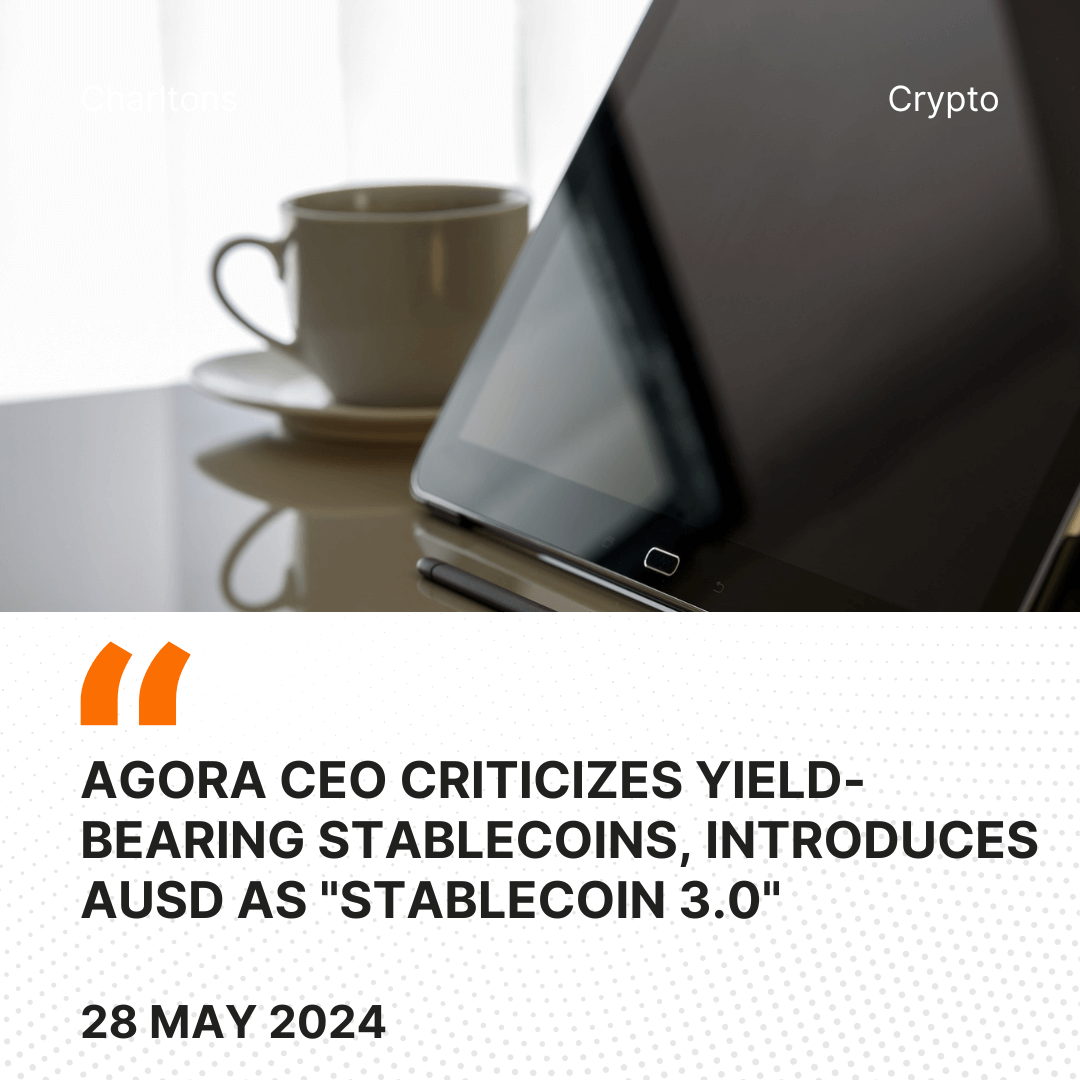
Nick van Eck, CEO of the stablecoin issuer Agora, has criticized yield-bearing stablecoins, claiming they do not function as true stablecoins or money. Van Eck highlighted that stablecoins providing passive income to holders stray from their intended purpose, leading to decreased utility and acceptance in the market.
Van Eck explained the evolution of stablecoins, starting with Stablecoin 1.0, which includes early centralized digital dollars like Tether’s USDT. He noted that while USDT remains a prime example of the first-generation stablecoins, many subsequent stablecoins have emerged following its model.
He identified two major issues with yield-bearing stablecoins: reduced utility and acceptance, and a lack of margin for development. Van Eck pointed out that liquidity issues plague the yield-bearing stablecoin market, making them less effective as a financial tool. Additionally, these stablecoins are often deemed securities in jurisdictions like the United States, restricting their tradability and limiting their reach to customers.
To address these challenges, van Eck introduced Agora’s AUSD as the next iteration, or Stablecoin 3.0. He emphasized that AUSD is designed to be more business-friendly by compensating companies for various services, such as listing the token, providing liquidity, marketing, and accepting AUSD as a form of payment or collateral.
“AUSD’s model is crafted to be the optimal stablecoin for business use,” van Eck stated. He asserted that by offering these incentives, AUSD aims to integrate more seamlessly into the broader financial ecosystem and enhance overall industry stability.
Moreover, van Eck announced that AUSD would be launched on the Ethereum Mainnet in June. He expressed confidence that this launch could significantly bolster the crypto industry, providing a more robust and reliable stablecoin option compared to its predecessors.





